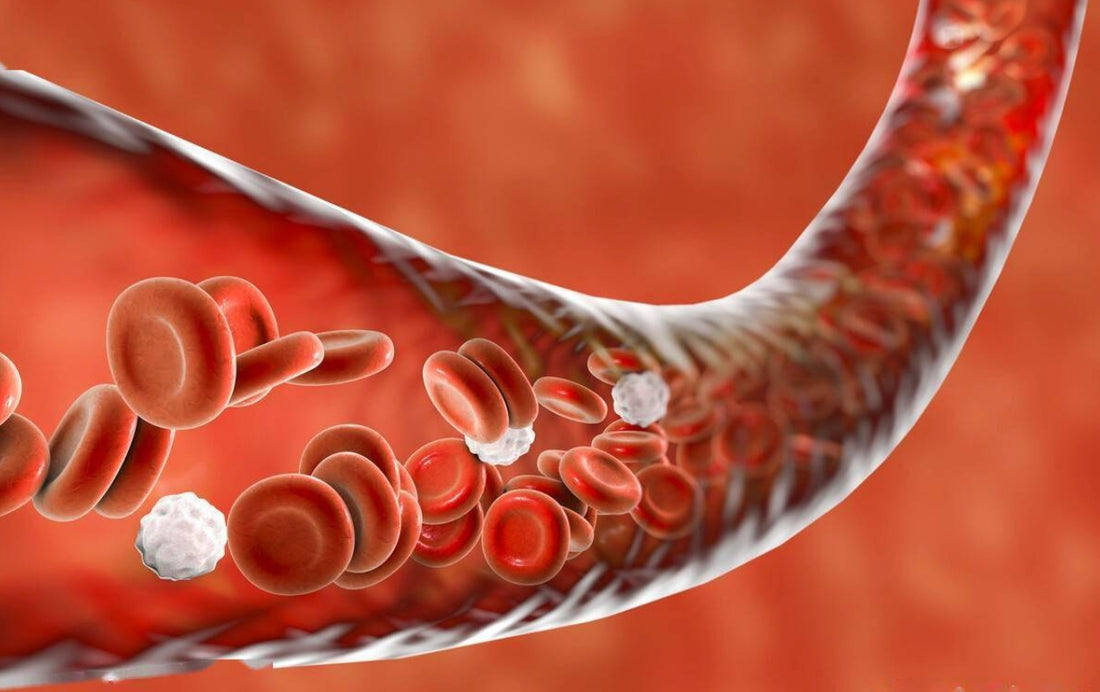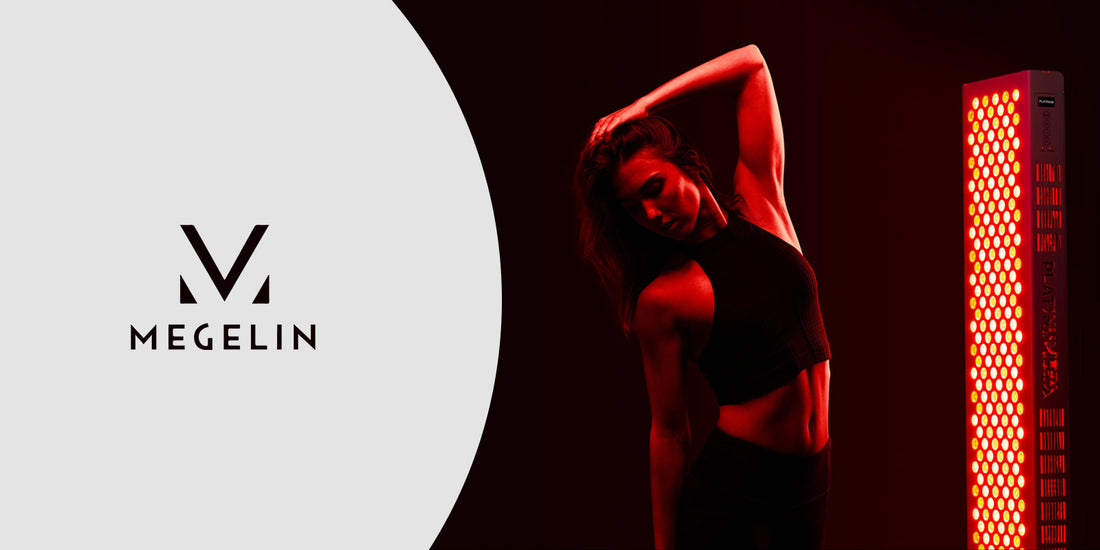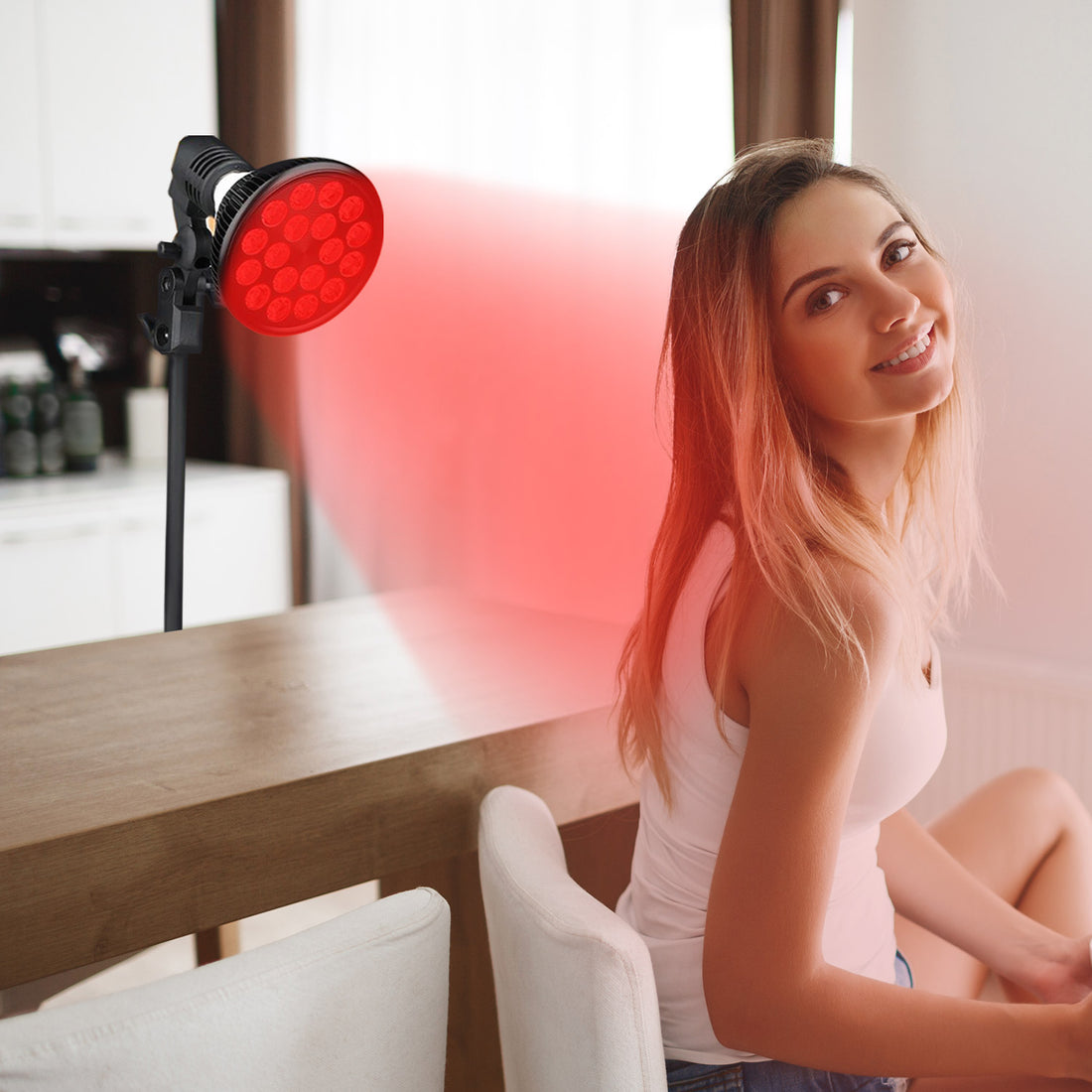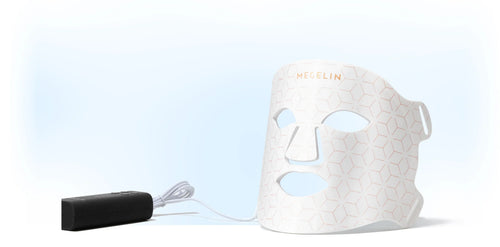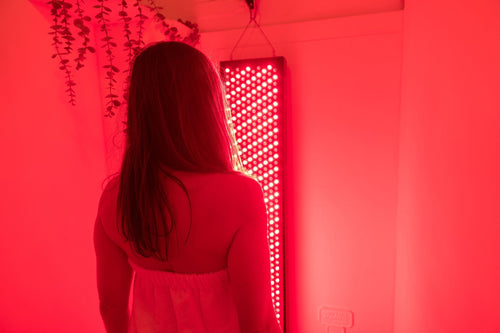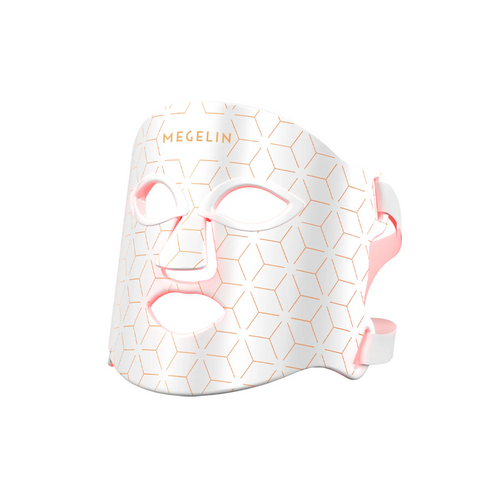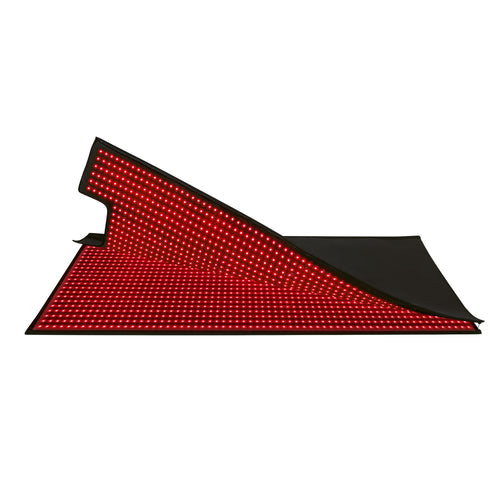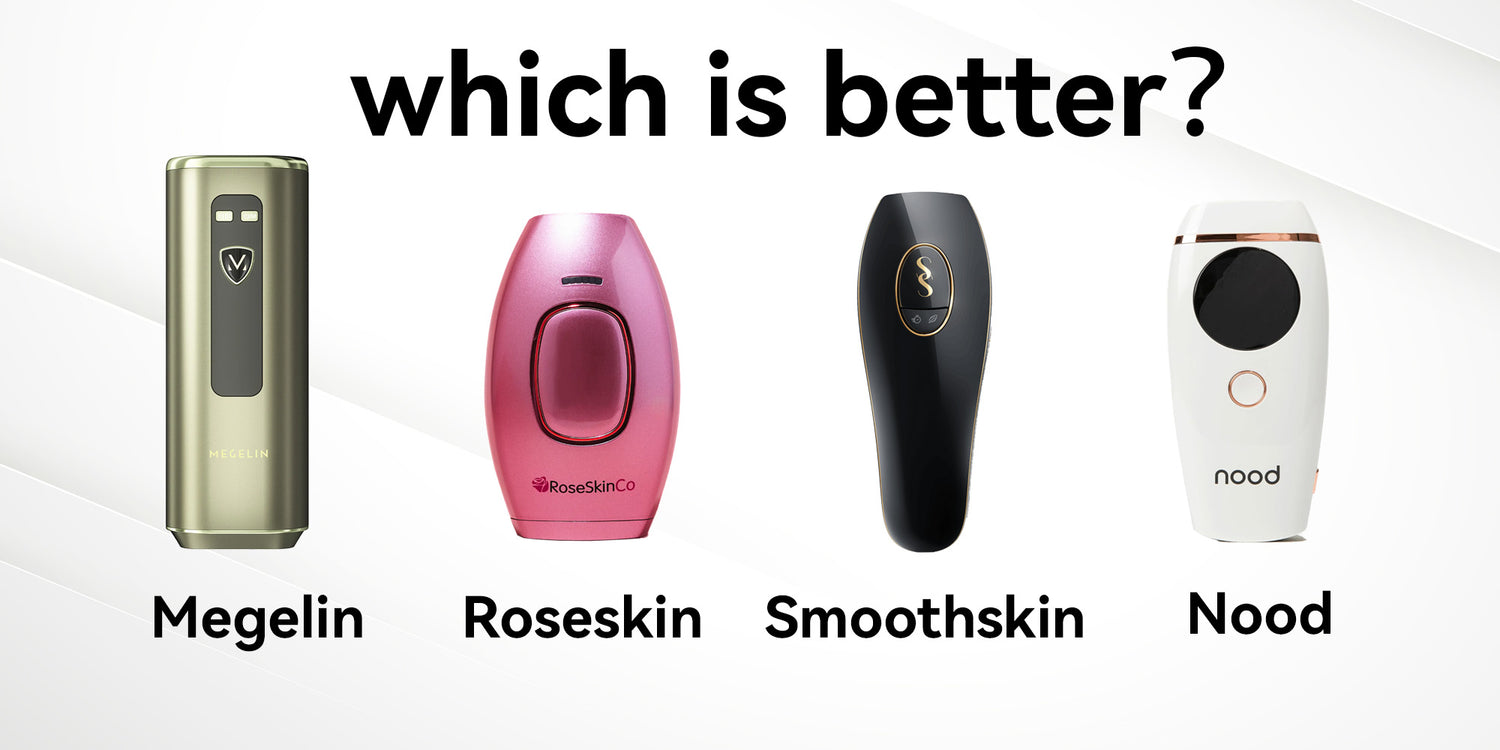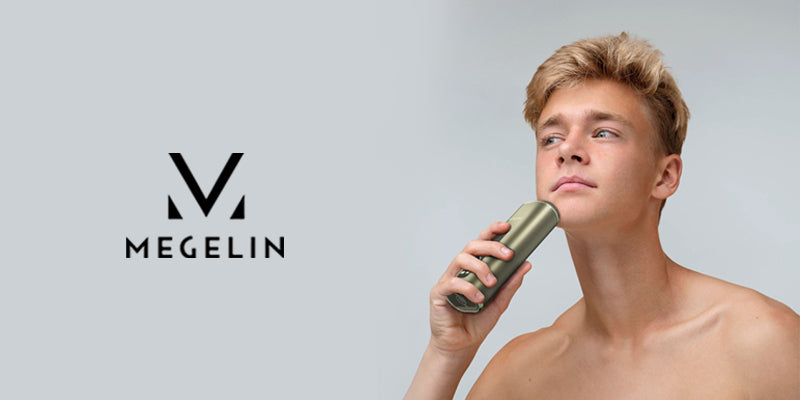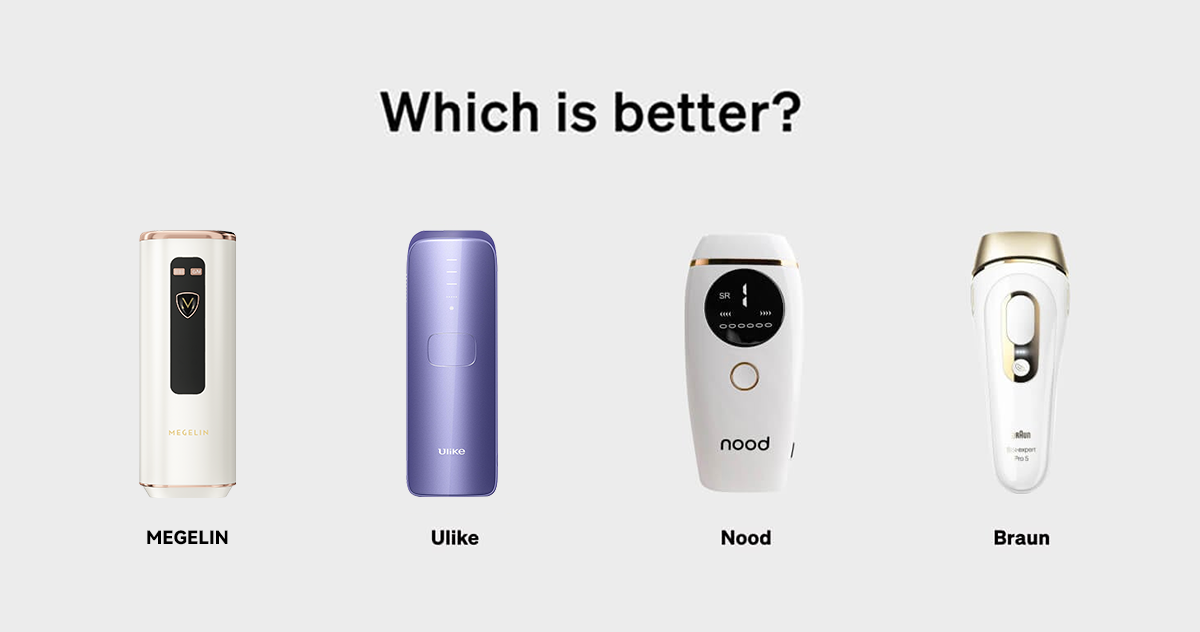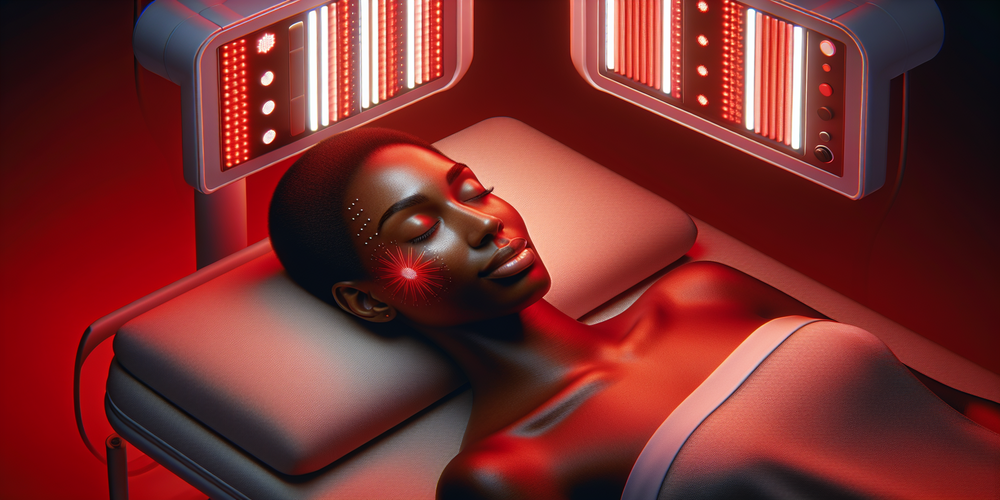
Red Light Therapy Hyperpigmentation: Tips and Best Practices
2MegelinIn the evolving landscape of skincare and rejuvenation, red light therapy hyperpigmentation has emerged as a beacon of hope for many struggling with skin injuries and uneven skin tones. This innovative, non-invasive treatment harnesses the power of LED therapy, specifically wavelengths of 633nm and 660nm, to promote skin cell regeneration and mitigate the effects of hyperpigmentation. Its growing popularity stems not only from its efficacy but also from its ability to provide a safer alternative to more aggressive skin treatment methods, making it a pivotal advancement in the quest for flawless skin.
As we delve further into the subject, this article aims to shed light on the nuances of hyperpigmentation, and the specific benefits of red light therapy for hyperpigmentation. By unpacking the mechanisms through which LED therapy aids skin recovery and rejuvenation, we offer a comprehensive guide to employing this technology effectively. Tips and best practices for utilizing red light therapy, alongside an exploration of concerns like whether red light therapy can cause hyperpigmentation, will furnish readers with a thorough understanding of how to harness the potential of red light for optimal skin health and radiance, setting a new standard in skincare solutions.
Understanding Hyperpigmentation
What is Hyperpigmentation?
Hyperpigmentation occurs when skin cells produce too much melanin, the pigment that gives skin its color, leading to darker patches or spots compared to the surrounding areas [1][2]. This condition is common and can affect individuals of any skin type, though it is more prevalent in those with darker skin tones due to their naturally higher melanin content [3].
Causes of Hyperpigmentation
Several factors can trigger an increase in melanin production. Sun exposure is a primary cause, as UV rays stimulate melanocytes to produce more pigment [4]. Hormonal changes, such as those during pregnancy or from birth control pills, can also lead to conditions like melasma [4]. Additionally, skin injuries or inflammation from acne, cuts, or burns can result in post-inflammatory hyperpigmentation [3][4]. Certain medications and health conditions like Addison’s disease may further exacerbate the issue [3][4].
Types of Hyperpigmentation
Hyperpigmentation can manifest in various forms, each with distinct characteristics:
- Age Spots: Also known as liver spots or solar lentigines, these are typically found on sun-exposed areas like the face and hands [3].
- Melasma: Often called the "mask of pregnancy," melasma presents as large patches of darkened skin, frequently on the face and stomach [3].
- Post-Inflammatory Hyperpigmentation: This type appears as spots or patches after an inflammatory skin condition such as acne or eczema [3].
Understanding these aspects of hyperpigmentation helps in identifying the appropriate treatment and preventive measures, such as using sun protection and appropriate skincare products to manage and reduce the appearance of dark spots.
Benefits of Red Light Therapy for Hyperpigmentation
How Red Light Therapy Works
Red light therapy (RLT) utilizes low-wavelength red light to penetrate deep into the skin, stimulating the mitochondria in skin cells. This stimulation enhances the cells' energy production, enabling them to repair skin and boost new cell growth, including increasing collagen and fibroblast production, which are crucial for maintaining skin's elasticity and structure [5][6]. Additionally, RLT is known to increase blood circulation to tissues and reduce inflammation in cells, which are vital steps in improving skin health and appearance [5].
Scientific Evidence Supporting Red Light Therapy
Studies have demonstrated that red light therapy can effectively reduce the appearance of dark spots and hyperpigmentation by regulating melanin production. The therapy's ability to penetrate deep into the skin allows it to influence the activity of melanocytes, the cells responsible for pigment production, thereby reducing excessive melanin production [7]. This process not only helps in balancing skin pigmentation but also enhances overall skin luminosity and uniformity [7]. Furthermore, red light therapy has been shown to stimulate collagen production, vital for skin's structural integrity, thereby improving skin texture and reducing the visibility of fine lines and wrinkles [7][5].
Comparing Red Light Therapy to Other Treatments
Red light therapy offers a non-invasive, gentle approach to skin rejuvenation compared to more traditional treatments such as chemical peels or laser therapy, which can be harsher on the skin. By targeting the core of melanogenesis, RLT provides a safe and effective method to manage and treat hyperpigmentation without the risks associated with UV light exposure or invasive procedures [7][5]. This makes it an attractive option for those seeking to enhance their skin's appearance while minimizing potential side effects. Additionally, the therapy's ability to reduce inflammation and promote healing makes it beneficial not only for hyperpigmentation but for overall skin health, setting it apart from other skin treatments that might focus solely on superficial symptoms [5].
Tips and Best Practices for Using Red Light Therapy
Choosing the Right Device
When selecting a red light therapy device, individuals should consider the irradiance and wavelength specifics. Opt for devices offering wavelengths between 600 to 900 nanometers for skin concerns, with 660 nanometers being ideal [8][9]. The irradiance, which affects the depth of light penetration, should be high enough to ensure efficacy but within safe limits. Medical-grade devices typically provide higher irradiance and are suitable for deeper tissue benefits [10]. It's crucial to choose a device that is FDA-cleared or CE certified to guarantee safety and effectiveness [11].
Frequency and Duration of Treatments
For effective results, it's recommended to use red light therapy three to five times per week, with each session lasting about 10 to 20 minutes [12]. Adjust the frequency and duration based on personal schedules and specific skin needs. Ensure the device is positioned correctly, maintaining a 6 to 12 inches distance from the skin to optimize light absorption and prevent potential risks like overheating [10][9].
Complementary Skincare Routines
To maximize the benefits of red light therapy, prepare the skin properly by cleansing it of any products beforehand [13]. Consider using hydrating skincare products such as misters, toners, or serums before the session to enhance light penetration [14]. Post-treatment, applying products containing peptides, retinol, or vitamin C can further support skin rejuvenation and repair [13]. Regular exfoliation is also beneficial, removing dead skin cells to allow deeper light penetration and improved efficacy of the therapy [14].
Conclusion
Through the comprehensive exploration of red light therapy for hyperpigmentation, this article has highlighted the mechanism, benefits, and practical tips associated with this innovative treatment. By diving into the scientific principles behind red light's interaction with skin cells, we've established a foundational understanding of its efficacy in promoting skin health and addressing hyperpigmentation concerns. The emphasis on the gentle, non-invasive nature of red light therapy positions it as a compelling alternative to traditional treatment options, promising enhanced skin appearance with minimal risk.
Embracing red light therapy, equipped with the knowledge of best practices and optimal device selection, offers an effective pathway to mitigating hyperpigmentation and achieving a more uniform skin tone. As readers consider incorporating this treatment into their skincare routines, it becomes clear that the potential for improved skin health and confidence is within reach. The journey towards resolving hyperpigmentation through red light therapy not only aligns with modern dermatological advancements but also signals a move towards holistic and safe skincare solutions.
FAQs
1. Does red light therapy assist in reducing hyperpigmentation?
Yes, red light therapy can be effective in reducing hyperpigmentation. This condition, which involves dark spots or uneven skin tone, results from stress or damage to skin cells. Utilizing red light therapy can help in restoring a more even skin appearance.
2. What are the best practices to optimize the effectiveness of red light therapy?
To achieve optimal results from red light therapy, follow these guidelines:
- Set realistic expectations for the outcome.
- Maintain a consistent schedule for your therapy sessions.
- Plan your sessions strategically.
- Stay hydrated by drinking plenty of water.
- Choose the optimal time window for your sessions.
- Avoid physical therapy or exercise immediately before a session.
- Reduce carbohydrate intake prior to therapy.
- Refrain from consuming alcohol.
3. What should I apply to my skin before undergoing red light therapy?
Prior to using red light therapy, it's important to cleanse your skin thoroughly with a gentle cleanser that does not contain harsh chemicals or fragrances. These substances can irritate the skin and reduce the effectiveness of the therapy.
4. Which color of LED light is most effective for treating hyperpigmentation?
Green light therapy is particularly effective for treating hyperpigmentation. It works by reducing the production of melanocytes, the cells in the lower layer of the dermis responsible for melanin production and the formation of age spots, thereby diminishing dark spots.
References
[1] - https://medlineplus.gov/skinpigmentationdisorders.html
[2] - https://my.clevelandclinic.org/health/diseases/21885-hyperpigmentation
[3] - https://www.medicalnewstoday.com/articles/323808
[4] - https://www.health.com/hyperpigmentation-8386761
[5] - https://my.clevelandclinic.org/health/articles/22114-red-light-therapy
[6] - https://www.medicalnewstoday.com/articles/325884
[7] - https://www.solawave.co/blogs/red-light-therapy/red-light-therapy-for-dark-spots
[8] - https://www.health.com/best-red-light-therapy-devices-7759543
[9] - https://www.essence.com/beauty/red-light-therapy-at-home-skincare-device/
[10] - https://time.com/shopping/article/what-does-red-light-therapy-do/
[11] - https://apnews.com/buyline-shopping/article/best-red-light-therapy-devices
[12] - https://www.blockbluelight.com/blogs/news/red-light-therapy-at-home-guide
[13] - https://www.theralight.com/theralight-blog/how-to-prepare-your-skin-for-red-light-therapy
[14] - https://www.solawave.co/blogs/red-light-therapy/how-to-maximize-your-at-home-red-light-therapy-sessions
